Introduction
Have you ever invested time, money, and effort into planting vegetables only to watch them underperform, produce minimal yields, or succumb to disease? The culprit is often simpler than you might think: planting at the wrong time. Every vegetable crop has an optimal growing window—a specific season when conditions align perfectly for germination, vigorous growth, abundant flowering, and exceptional harvests.
Understanding your region’s vegetable planting seasons transforms gardening from frustrating guesswork into predictable success. When you plant tomatoes at the right moment, they produce abundant fruit instead of sparse, slow-ripening harvests. Plant cool-season lettuce in autumn rather than summer, and you’ll harvest crisp, tender leaves instead of bitter bolted plants. Timing isn’t everything in vegetable gardening, but it’s certainly the most impactful factor determining whether your efforts yield abundant bounty or disappointing results.
This comprehensive guide maps out ideal planting windows for the most productive vegetable crops across North American growing zones. You’ll discover which vegetables thrive in cool spring conditions, which demand summer heat, and which tolerate multiple seasonal windows. Armed with this knowledge, you’ll plan strategically throughout the year, maintaining continuous harvests and maximizing productivity from every square foot of garden space.
Why Planting Season Matters More Than You Think
The Consequences of Poor Timing
Novice gardeners commonly assume vegetables simply need soil, sun, and water—season irrelevant. This misconception leads to repeated failures. Plant tomatoes in autumn and watch them struggle through cold nights without setting fruit. Plant lettuce in summer heat and witness it immediately bolt to seed, becoming too bitter to enjoy. These aren’t failures of technique or care—they’re botanical impossibilities resulting from environmental mismatch.
Each vegetable evolved in specific climates with particular temperature, moisture, and daylight patterns. When you honor these evolutionary preferences, plants thrive effortlessly. When you ignore them, you battle constant problems regardless of fertilizer applications or pest management.
The Advantages of Strategic Seasonal Planting
Accelerated Growth Cycles: Vegetables planted during ideal seasons complete growth 30-50% faster than off-season attempts. This acceleration means more efficient land use and extended harvesting periods.
Superior Plant Health: Crops planted in favorable conditions develop stronger root systems, more robust stems, and denser foliage naturally. Plants are naturally more disease-resistant when growing conditions match their preferences.
Reduced Pest Pressure: Different insect and disease problems peak during specific seasons. Strategic planting timing avoids peak pest and disease pressure windows. For example, planting beans after peak Japanese beetle season eliminates their primary pest pressure.
Optimized Nutrient Availability: Soil microorganisms that break down organic matter and release nutrients work most efficiently within specific temperature ranges. Planting during these windows means better nutrient availability for plant uptake.
Superior Flavor, Texture, and Color: Vegetables grown under optimal conditions develop superior nutritional profiles and culinary qualities. Summer tomatoes taste more vibrant than forced greenhouse alternatives. Spring lettuce is crisper than heat-stressed summer variations.
Water Efficiency: Rainfall naturally aligns with many planting seasons. Planting warm-season crops as spring rain transitions to summer requires less supplemental irrigation. Planting cool-season crops as fall rains arrive reduces irrigation demands.
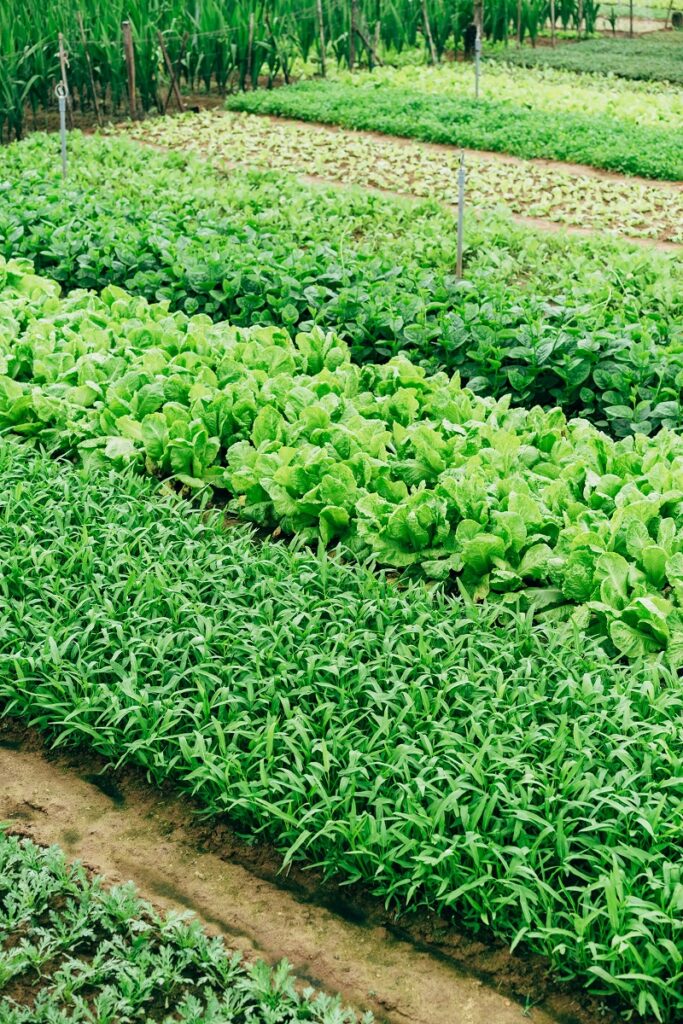
Understanding Your Regional Climate Zone
Identifying Your Growing Climate
North America encompasses diverse growing conditions—everything from Pacific Northwest temperate climates to Southwest deserts, Upper Midwest deep winters, and Deep South humid subtropical summers. Your specific location determines planting timelines.
USDA Hardiness Zones (1-13) provide starting reference points based on average minimum winter temperatures. However, vegetable gardening requires more nuanced information than hardiness zones alone provide.
Growing Season Length is critical. This measurement—average days between last spring frost and first fall frost—determines which crops you can realistically grow. Regions with 180+ frost-free days accommodate long-season crops like winter squash. Areas with 90-120 frost-free days must focus on quick-maturing crops.
Precipitation Patterns significantly influence planting timing. Pacific Northwest gardeners experience spring rains but dry summers (requiring irrigation). Southern states experience humid, rainy summers. Arid Southwest regions must plan irrigation strategies from the start.
Temperature Extremes beyond winter cold matter enormously. Summer heat exceeding 95°F causes stress for cool-season crops. Late spring freezes damage tender seedlings. Early fall freezes shorten harvest windows.
Assessing Your Specific Site
Before planning crops, research your local climate data. Contact your county cooperative extension office—they maintain detailed records and provide region-specific vegetable planting guides. Most states publish free planting calendars identifying optimal windows for local conditions.
Key information to gather:
- Average last spring frost date
- Average first fall frost date
- Normal spring rainfall and typical dry periods
- Summer temperature patterns and extremes
- Fall moisture patterns
Warm-Season Vegetables: Spring Planting for Summer and Fall Harvests
Warm-season vegetables demand sustained heat, long days, and consistent moisture. These are the summer garden centerpieces—tomatoes, peppers, squash, and beans that define summer eating.
Optimal Planting Timeline
Soil Temperature: Never plant warm-season vegetables until soil temperatures reach 60°F minimum; 70°F is far better. Use soil thermometers (available inexpensively online) to verify. Soil warmer than 75°F is ideal for most warm-season crops.
Air Temperature: Wait until nighttime temperatures remain consistently above 50°F. Late spring freezes devastate tender seedlings.
Regional Timing:
- Northern regions (USDA zones 3-5): Plant after last spring frost (typically late May through early June)
- Temperate zones (USDA zones 6-7): Plant mid-April through May
- Warm regions (USDA zones 8-9): Plant March through April
- Tropical regions (USDA zones 10-11): Plant year-round with modifications for extreme heat
Primary Warm-Season Crops
Tomatoes: The quintessential summer crop. Indeterminate varieties produce continuously until frost; determinate types produce concentrated early harvests. Start seeds indoors 6-8 weeks before transplanting outdoors. Provide sturdy support structures. Harvest determinate types all at once; pick indeterminate types progressively as they ripen.
Peppers and Chilies: Remarkably productive once established. Start seeds indoors 8-10 weeks before last spring frost. Peppers produce continuously, rewarding patient gardeners. Harvest green or allow to mature to red/yellow/orange. More heat-tolerant than tomatoes.
Summer Squash and Zucchini: Grow explosively in summer heat. Direct-seed after all frost danger passes. Space plants widely—they sprawl aggressively. Production starts within 40-50 days and continues weekly through frost.
Beans: Quick-maturing, nitrogen-fixing, and prolific. Direct-seed after soil reaches 60°F. Bush types produce concentrated early yields; pole beans produce continuously. Succession-plant every two weeks for extended harvests.
Cucumbers: Thrive in summer heat. Direct-seed or transplant after frost danger passes. Require support structures for vertical growing. Production begins 50-70 days after planting.
Eggplant: Heat-loving nightshade requiring 60-85 frost-free days. Start seeds indoors 8-10 weeks before transplanting. Produces continuously once established.
Okra: Heat and drought-tolerant crop producing tall plants with edible seed pods. Direct-seed after soil reaches 70°F.
Sweet Corn: Delicious but requires significant space. Direct-seed after soil reaches 60°F. Plant succession crops every two weeks for continuous fresh corn. Requires significant nitrogen.
Extended Warm-Season Production
Many warm-season crops produce through early fall if planted at strategic times. For instance:
- Late May plantings of bush beans produce into early autumn
- Mid-June tomato transplants produce until first frost
- Early July pepper plantings produce continuously
- Early August squash plantings mature before frost in northern regions
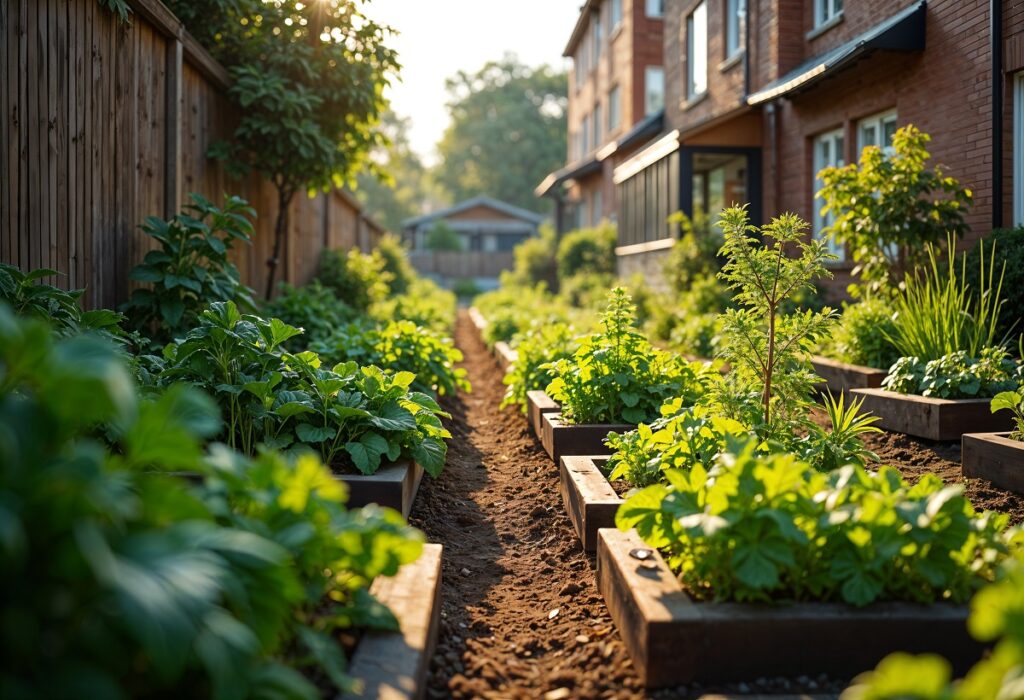
Cool-Season Vegetables: Fall and Winter Planting for Spring and Winter Harvests
Cool-season vegetables develop best during temperatures between 40-70°F. These crops tolerate and often prefer cooler conditions compared to warm-season alternatives.
Optimal Planting Timeline
For Spring Harvests: Plant cool-season crops in late summer and early fall so they mature as temperatures cool. Most reach harvest size just as first frosts arrive, often increasing quality by concentrating sugars.
For Winter Harvests: In mild climates, many cool-season crops produce throughout winter if planted in late summer.
Regional Timing:
- Northern regions: Plant mid-August through September for fall harvests; avoid winter cultivation
- Temperate zones: Plant late August through early October for fall harvests; plant late September for winter production in protected settings
- Warm regions: Plant September through November for extended fall and winter harvests
- Very warm regions: Plant October through December for winter harvests; some crops (like lettuce) produce year-round with shade in summer
Primary Cool-Season Crops
Lettuce and Leafy Greens: The easiest cool-season crop. Lettuce germinates poorly above 75°F, making spring and summer difficult. Thrives in cool fall weather. Direct-seed successively every two weeks starting late August. Ready to harvest within 30-60 days depending on variety.
Spinach: Prefers cool conditions and produces abundant tender leaves. Direct-seed in fall. Tolerate light frosts—flavor actually improves after light freezing. Winter production is possible in mild climates with row covers.
Broccoli, Cabbage, and Cauliflower: These brassicas require 50-100 frost-free days for development. Start seeds indoors 4-6 weeks before transplanting in late summer. Transplant in mid-August through September for October/November harvests.
Carrots and Beets: Direct-seed in late summer. Germinate best in cool, consistently moist soil. Mature through cooler fall weather. Roots develop sweetness as temperatures cool. Can overwinter in ground in mild climates.
Radishes: Extremely quick-maturing (25-30 days). Direct-seed in late summer for fast harvests before heavy cold arrives. Perfect for succession planting.
Kale, Collards, and Asian Greens: Exceed most people’s cold-hardiness expectations. Thrive through fall and light freeze. Some varieties tolerate temperatures below 0°F. Plant late summer for extended fall/winter production.
Peas (Spring and Snow Varieties): Plant as soon as soil is workable in spring for spring harvests, or in late summer for fall harvests. Pods mature within 60 days. Taste superior when grown in cool conditions.
Garlic: Plant individual cloves in October/November. Cloves establish root systems through winter and produce bulbs the following spring/early summer.
Year-Round Crops: Herbs and Continuous-Production Vegetables
Certain vegetables and herbs tolerate a wide temperature range and produce through multiple seasons if managed appropriately.
Herbs and Leafy Greens for Extended Seasons
Parsley, Chives, and Cilantro: These establish quickly and tolerate variable conditions. Chives produce year-round in many climates. Start new cilantro plantings every 3-4 weeks to maintain supply (prevent summer bolting through shade cloth in extremely hot areas).
Rucola/Arugula and Mustard Greens: Produce spring through fall with appropriate succession planting. Summer plantings need shade to prevent immediate bolting.
Swiss Chard: Remarkably productive and cold-tolerant. Produces from spring planting through multiple freezes, regenerating from roots.
Management Strategies for Year-Round Production
Spring Planting: Start with cool-season crops (peas, lettuce, early greens) as soon as soil is workable in March/April.
Early Summer Transition: As temperatures climb, transition to warm-season crops (tomatoes, peppers, squash, beans) planted mid-May through June.
Late Summer Strategy: Begin fall crop planting (broccoli, cabbage, carrots, lettuce) in late July/August for fall and winter harvests.
Fall to Winter: In mild climates, continue harvesting cool-season crops. Implement row covers, cold frames, or hoop houses to extend seasons.
Succession Planting: Stagger plantings every 2-3 weeks for continuous supply rather than feast-famine cycles.
Practical Seasonal Planning: Step-by-Step
Step 1: Determine Your Growing Zone and Frost Dates
Contact your county cooperative extension office or search online for “USDA hardiness zone [your zip code]” and “first/last frost dates [your location].” These fundamental pieces of information guide all planting decisions.
Step 2: Create Your Vegetable Preferences List
Decide which vegetables you want to grow. Consider:
- Favorite culinary uses
- Space availability
- Time commitment capacity
- Succession planting interest (continuous harvests vs. concentrated crops)
Step 3: Build a Seasonal Planting Calendar
Map each vegetable against your region’s optimal planting windows:
- Spring (March-May): Cool-season crops and early warm-season crops
- Early summer (May-June): Warm-season crops
- Late summer (July-August): Fall crop seeds; succession plantings of warm-season crops
- Fall (September-November): Continue fall crop harvests; prepare beds for winter
- Winter (December-February): Harvest winter crops; plan next year; start indoor seeds for spring
Step 4: Prepare Soil Systematically
Before each planting season, refresh soil with compost or aged manure. Correct pH if needed. Incorporate slow-release organic fertilizers. Till or turn soil 1-2 weeks before planting to allow settling.
Step 5: Implement Succession Planting
Rather than planting all beans, lettuce, or squash simultaneously, stagger plantings every 2-3 weeks. This approach eliminates feast-famine cycles and extends harvest periods.
Step 6: Use Intensive Techniques for Extended Seasons
Row Covers: Lightweight fabric protects tender seedlings from late spring freezes and extends fall seasons.
Cold Frames: Simple box structures with transparent tops protect plants and extend seasons 4-6 weeks.
Hoop Houses: Plastic-covered hoops create mini greenhouses extending cool-season production into winter.
Shade Cloth: Summer application of 30-50% shade cloth allows heat-sensitive crops like lettuce to produce when temperatures exceed 80°F.
Common Planting Mistakes and How to Avoid Them
Mistake 1: Planting Too Early
Impatient gardeners plant tomato transplants before soil reaches 60°F or direct-seed beans in cold soil. Seeds rot instead of germinating. Transplants struggle rather than thrive.
Solution: Use soil thermometers. Wait for consistent warm temperatures, not just calendar dates.
Mistake 2: Planting Heat-Sensitive Crops During Peak Summer
Lettuce, peas, and spinach bolt immediately when planted during June/July heat in northern regions.
Solution: Plant cool-season crops in late summer for fall harvests. Use shade cloth if supplemental summer production is desired.
Mistake 3: Assuming One Planting Date Fits All
Gardeners plant everything in May and wonder why some crops fail. Not all seeds germinate under identical conditions.
Solution: Verify specific germination and temperature requirements for each crop. Stagger plantings based on individual needs.
Mistake 4: Neglecting Succession Planting
Single plantings create feast-famine cycles—harvesting hundreds of beans in one week, then nothing for months.
Solution: Plan succession plantings 2-3 weeks apart. This creates steady supplies rather than overwhelming harvests.
Mistake 5: Ignoring Regional Variations
Using generic online advice without considering your specific zone often leads to failure.
Solution: Contact your local extension office. Use region-specific planting calendars. Record results in a garden journal to refine approaches yearly.
Mistake 6: Underestimating Frost Sensitivity
Tender crops planted too early encounter late freezes. Frost-hardy crops planted too late succumb to early freezes.
Solution: Know your exact last spring frost date and first fall frost date. Plan backward and forward from these anchoring dates.
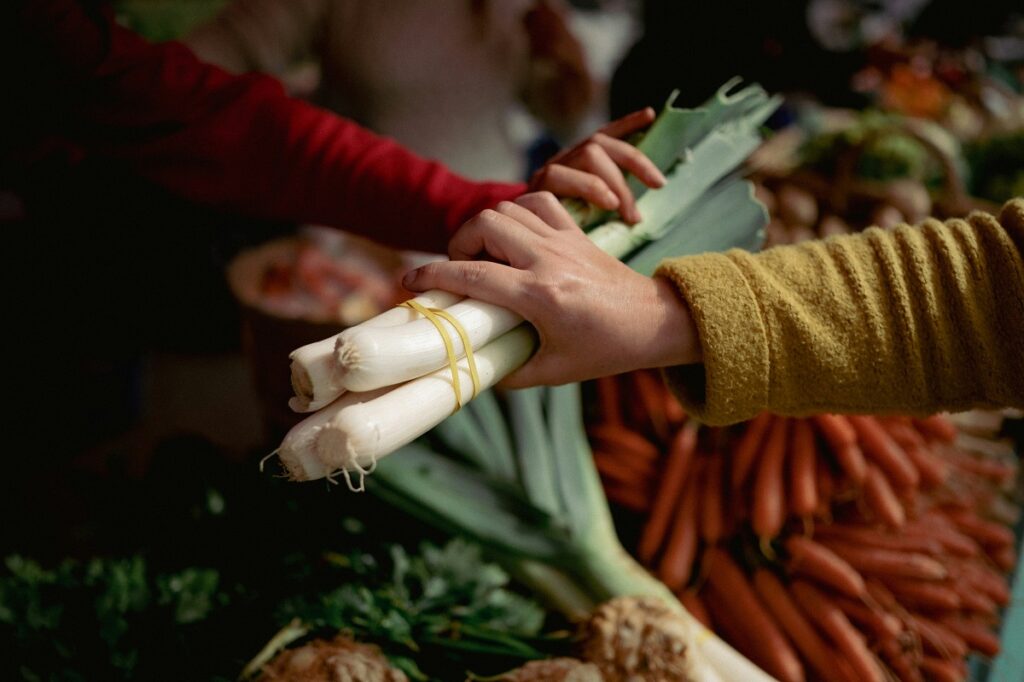
Advanced Seasonal Strategies for Maximum Production
Double Cropping: Sequential Harvests
In regions with 150+ frost-free days, you can harvest spring peas, then plant summer beans in the same space. After harvesting beans in August, plant fall lettuce for October/November harvest. This intensive approach maximizes productivity.
Three-Season Gardening
Northern gardeners: Spring crops (March-May), Summer crops (June-August), Fall crops (September-November).
Southern gardeners: Fall crops (September-November), Winter crops (December-February), Spring crops (March-May), with summer limited to heat-tolerant vegetables.
Microclimates for Extended Seasons
South-facing walls absorb solar heat, creating warmer microclimates suitable for planting 2-3 weeks earlier. North-facing areas stay cooler, allowing heat-sensitive crops to produce longer into summer. Strategic positioning extends seasons naturally.
Greenhouse/Hoop House Production
Unheated structures extend spring emergence 2-4 weeks earlier and fall production 2-4 weeks later. Even minimal structures provide significant season extension benefits.
Record-Keeping for Continuous Improvement
Successful gardeners maintain detailed records documenting:
- Planting dates and varieties
- Germination success rates
- Days to maturity
- Harvest quantities and quality
- Disease/pest pressures encountered
- Weather patterns that year
- Next-year improvements identified
These records transform each season into building blocks of knowledge. Your second-year efforts benefit enormously from first-year documentation. After 3-4 seasons, you’ll possess region-specific expertise superior to generic online guides.
Conclusion: Strategic Planting Transforms Garden Success
The difference between thriving vegetable gardens and disappointing efforts often comes down to one factor: planting timing. When you align your plantings with seasonal realities—warm-season crops after frost danger passes, cool-season crops in fall for winter harvest—success becomes nearly inevitable. Resistant plants thrive. Disease pressure diminishes. Yields increase dramatically.
This guide provides the foundation for strategic year-round vegetable production. Use the planting calendars and timing recommendations as starting points. Document your results. Refine your approach annually. Within three seasons, you’ll possess expertise tailored specifically to your region and preferences.
Ready to plant right? This week, determine your exact frost dates through your county extension office. Identify your current planting season. Start planning next season’s crops. Build a planting calendar on paper or digitally that you reference throughout the year. Document your results. Next year, you’ll achieve harvests exceeding even this year’s expectations. Strategic planting begins now.

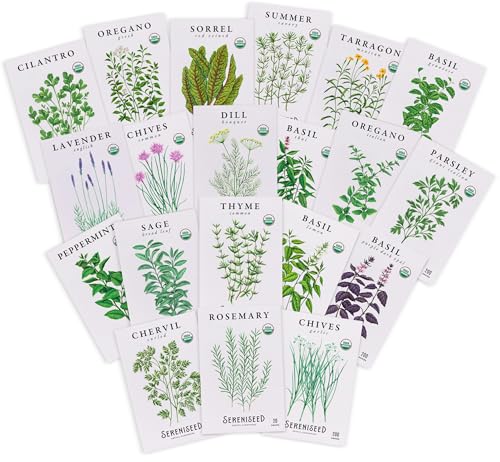
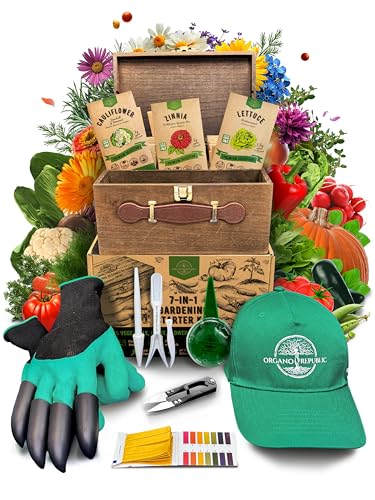
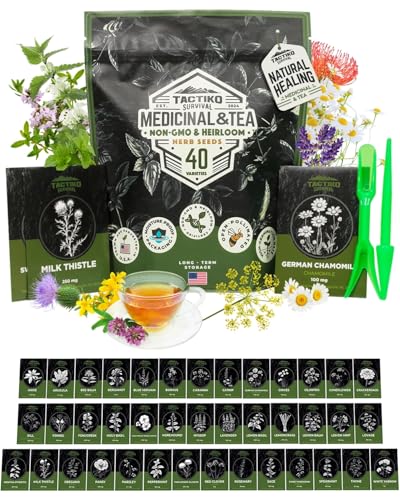
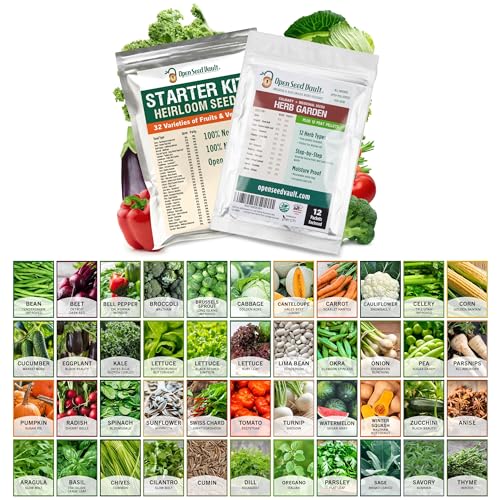
One Response